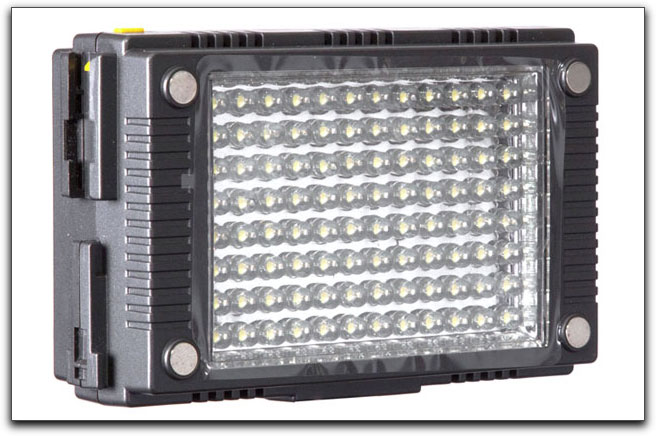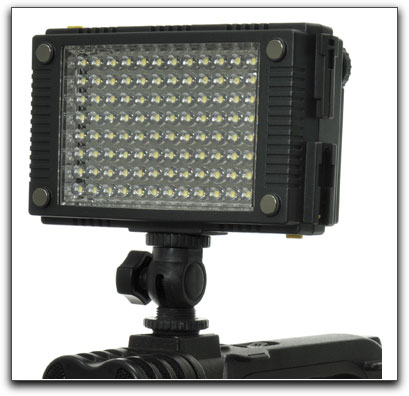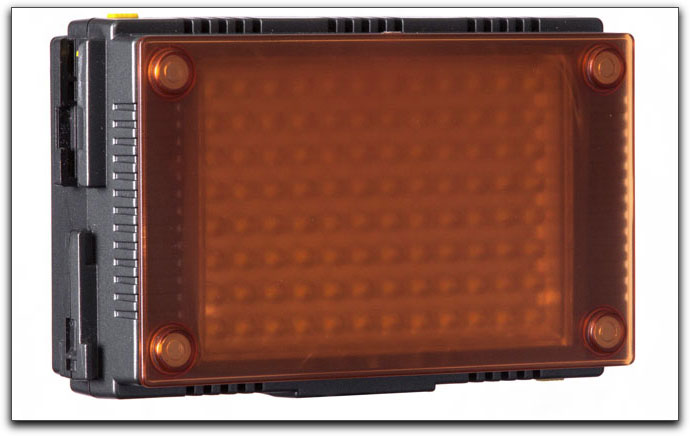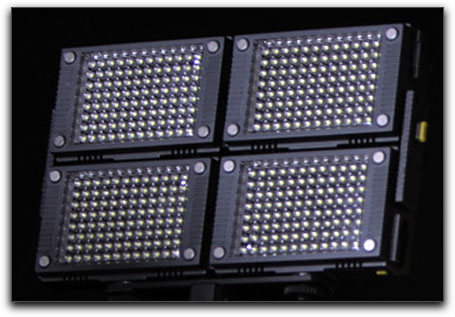F & V has produced a light weight, camera mountable LED light in the Z96. The HDV-Z96 is fairly small at 5" x 1.77" x 3" and weighs only 6 ounces without the 5 AA regular or rechargeable batteries that power it. Without the white diffusion or red color filters that come with it the Z96 light produces a very clean and natural color at 5600k.




However, for run and gun filming, close up interviews and hidden fill light needs, I found the Z96 to be superior to other small LED lights I have used. You can use the Z96 almost all day without the batteries going dead on you, they run cool, maintain a consistent color and will deliver that softness to your subject's facial features that makes for a good interview. It's build quality feels sturdy to hold, the two diffusers are solid, and even the back power dimmer knob is built in to the rear side for easy adjustments. What's more is that the F&V Z96 is both compact and lightweight and won't take up too much room in your gear bag. There is no tool that will fit all needs, however, you will find that the Z96 LED light will fit many of them just as you hoped it would.

